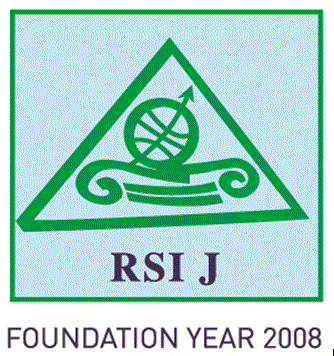Daniela- Luminița CONSTANTIN
Professor at the Department of Administration and Public Management, The Bucharest University of Economic Studies; Bucharest; Romania
danielaconstantin_2005@yahoo.com
Ana-Maria MARCU
Reseαrcher, Administration and Public Management, Faculty of Administration and Public Management, The Bucharest University of Economic Studies; Bucharest; Romania
marcuana19@stud.ase.ro
Abstract
Nowadays the development of the air transport infrastructure is acknowledged as an important driver of regional development, while the economic development processes impact the demand and volume of air transport as well. This paper investigates the complex relationship between air transport infrastructure and regional development proposing an empirical analysis for the case of Romania, whose relevance is supported by her unprecedented dynamism in the general European framework at the same time with the tendency of reducing regional disparities, the balanced geographical distribution of the airport network, and the country’s geo-strategical position in the new international force field. By applying an in-depth analysis which combines the examination of strategic documents with the interpretation of statistical data and semi-structured interviews, relevant findings are provided with regard to the significance of air transport infrastructure in a context described by diversity of regional development levels, accompanied by insights into the policy-making framework, with emphasis on the requirements to be met for proper responses to the need to reinforce the air transport sector and to integrate the national vision with the specific regional development aspects.
Keywords: air transport infrastructure, regional disparities, place-based approaches, resilience, integration
JEL classification: R11, R19, R42, R58
pp. 61-80
